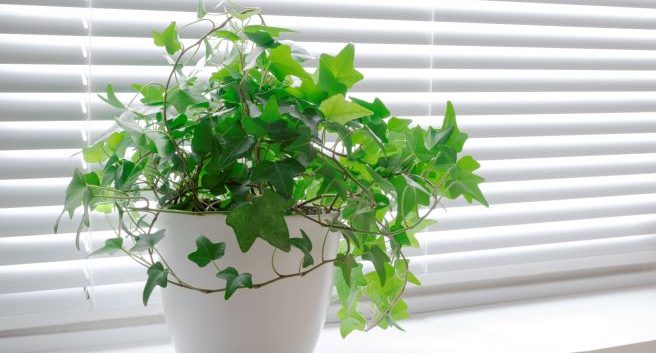With this year’s COVID-19 outbreak, people are focused more on their health and the need for healthy indoor living spaces is more important than ever. A huge part of what helps create a healthy environment is the air quality within it. Unfortunately, many of our homes are filled with hidden toxins and allergens lurking in some of the most unsuspecting places. To help protect your family’s health and well-being, we’ve compiled a list of useful tips to improve your indoor air quality and create a cleaner home.
Keep Rugs and Carpets Clean- While rugs and carpet add comfort to the home, they aren’t the best in helping to maintain healthy indoor air quality. The fibers in rugs and carpets are notorious for trapping dust, bacteria and other allergens. This is especially true for households with pets or children. To maintain their cleanliness, try to clean rugs and carpets on a weekly basis.
Choose Low or No VOC Paints- Are home renovations in your future? If your next home makeover includes repainting interior walls, opt for paints that contain little to no volatile organic compounds (VOCs). VOCs include a variety of chemicals that can cause both short-and long-term health effects. These compounds are notorious for being much more highly concentrated indoors than outside.
Be Careful with Cleaning Products – Like paint, many of the cleaning products we use on a regular basis also contain VOCs. These products include disinfectants, air fresheners, repellants and detergents. While it isn’t necessary to throw all these items away, it is a good idea to be aware of the chemicals they may be putting in your home. When in use, make sure proper ventilation and fresh air are available. Use the product according to the manufacturer’s instructions and store away securely. To be prepared, read the ingredients in each of the products you use and try to find healthier alternatives.
Purchase Real Wood Products- If you plan on purchasing new furniture soon, be sure to purchase real wood furniture rather than those made with particleboard. While cheaper than real wood, particleboard furniture is typically comprised of either sawdust or woodchips, as well as formaldehyde and glue to keep hold of everything together. The formaldehyde isn’t a problem if the furniture is properly sealed, but it can become an issue if it the surface becomes damaged and formaldehyde gas seeps out. When in doubt, stick to the real deal.
Address Mold Problems – Mold and mold spores in the home have an adverse effect on the indoor air quality. While low levels are generally harmless, an increase can significantly affect those with asthma, allergies and other respiratory issues or compromised immune systems. If you have concerns regarding hidden mold in the home, contact a professional to have the problem addressed. To regularly avoid mold problems, purchase a humidifier for the home to maintain humidity levels.
Change Air Filters- A home’s air conditioning systems work to provide the perfect indoor temperature year-round while also cycling air and filtering out pollutants. Over time, these pollutants collect and affect not only the effectiveness of the system but also the quality of the air. Change these filters regularly, or at least every quarter.
Decorate with Indoor Plants- Plants are nature’s air filters and buying a few is a great way to add some fresh air to the home. If you’re worried about keeping your plants alive indoors, consider purchasing those that are more resilient such as aloe vera, peace lilies and snake plants. All three of these plants help filter harmful toxins like benzene and formaldehyde out of the air.
We hope these tips are helpful in improving your home’s indoor air quality and creating a healthy environment that you can feel safe in every day. For more helpful tips like these, keep up with Atlanta Real Estate Forum here.
